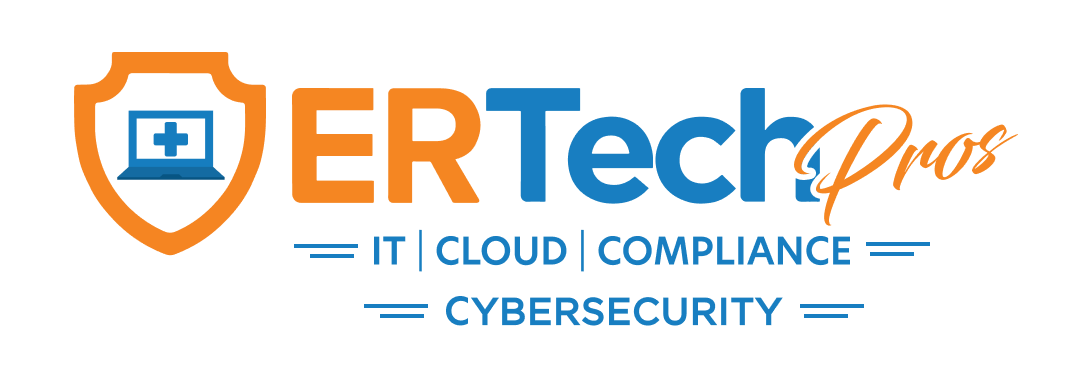What Is Data Diddling and How Can You Prevent It?
As clinical administrators and physicians, you're probably aware of the recent surge in ransomware attacks. Yet, there's an equally pressing issue that may not be on everyone's radar: the significant risks posed by data diddling.
While external threats grab headlines, the potential damage caused by insiders or untrained members—intentionally or unintentionally—can be just as devastating, if not more so.
Let's explore how safeguarding against these internal risks is important for preserving the trust and integrity of practices. With insights from expert
IT consulting in Sacramento, this blog covers everything you need to learn about data diddling, including the top vulnerabilities it exploits and prevention techniques.
Defining Data Diddling

Data diddling is a cybercrime refers to altering or manipulating data before or during its entry into a computer system. This cybercrime can lead to conclusions or decisions based on false information that is difficult to detect.
Diddling activities differ primarily in method and intent from other cybercrimes:
- Data diddling or tampering involves unauthorized alteration by individuals with legitimate access to the system or data. Other forms of manipulation, such as hacking, often involve external actors gaining unauthorized access.
- The main intent behind data diddling is to commit fraud, hide fraudulent activities, or gain personal benefits. Other manipulation types have different intents, such as disrupting operations for sabotage or ransom.
Types of Data Diddling
Data diddling involves sneaky tricks to change or mess up information. Familiarity with these tricks helps you keep information intact and uncorrupted. Here are some typical data-diddling activities:
Input Data Diddling
This form of data diddling involves altering data before it enters a system or database. This activity occurs at various entry points, such as manual data entry or through forms.
Example: An employee enters false information before saving it in the electronic health record.
Processing Data Diddling
Processing data diddling means modifying data while it is being processed in the system. This can happen during the data transformation, calculation, or analysis.
Example:
An insider changes billing data within a healthcare billing system to inflate charges.
Output Data Diddling
Output data diddling involves unauthorized data alteration during an application's output process. This attack occurs while generating reports, documents, or data exports.
Example:
A healthcare provider modifies patient outcome data in performance reports to present a more favorable picture of their quality of care.
Impact of Data Diddling on Healthcare Practices
Messing with healthcare data can cause significant problems for medical centers. These actions can lead to severe consequences, like putting patients at risk, getting in legal trouble, and losing trust.
Let's explore how data diddling can affect healthcare practices:
- Inaccurate patient records lead to incorrect diagnoses or treatments.
- Fraudulent billing practices (e.g., unbundling services) result in legal liabilities and reputational damage.
- Violations of healthcare laws, such as the Health Insurance Portability and Accountability Act (HIPAA), result in penalties and sanctions.
- Compromised data integrity undermines the effectiveness of health management initiatives.
- Breaches of privacy, confidentiality, or ethical standards lead to low patient satisfaction.
Download Free Ebook: Protect Your Practice from Insider Threats
Top 9 Vulnerabilities Exploited by Data Diddling

In 2022, researchers found that cyberattacks are twice as likely to target small healthcare organizations. Despite this, many of these organizations believe they are not attractive targets for cybercriminals.
As a result, they fail to invest in cybersecurity measures, increasing their risk of cybercrime incidents such as data diddling. Such manipulation exploits the following vulnerabilities:
- Weak Access Controls: Lax authentication mechanisms may allow unauthorized individuals to access sensitive data, enabling them to manipulate it without detection.
- Insider Threats: Employees or insiders with malicious intent may use their knowledge of internal processes to engage in data-diddling activities.
- Lack of Data Encryption: Data transmitted or stored without encryption are susceptible to tampering by cyber attackers.
- Poor Data Checks: Inadequate data validation may fail data leak detection or miss data alterations. This weakness allows manipulated data to be processed or accepted as valid.
- Insecure Software: Attackers exploit flaws in software components and bypass security controls to manipulate data.
- Negligence: Failure to follow security protocols and other errors inadvertently expose data to manipulation. Training on how to prevent data leakage and maintain security practices can address these issues.
- Lack of Auditing: Inadequate monitoring and auditing limits the clinic’s visibility to access and usage activities. This flaw makes detecting and responding to unauthorized data manipulation difficult.
- Compliance Gaps: Failure to adhere to regulatory requirements for data security creates compliance gaps that leave data vulnerable to data diddling.
- Complex Systems: Interconnected systems introduce hidden vulnerabilities that attackers can exploit without detection.
Techniques for Preventing Data Diddling
In response to the recent cyberattacks, Senate Intelligence Committee Chair Mark Warner has introduced the Health Care Cybersecurity Improvement Act. The proposed law aims to aid providers during cash crunches caused by cyberattacks.
If the law is enacted, intermediaries must meet specific cybersecurity standards. While such a law may take two years to become effective, healthcare practices like yours can start taking preventive measures now. Some actionable steps include:
Access Control
Access control involves managing access to data by granting user permissions based on authorization level. This measure also complements data leakage prevention strategies.
- Protection Offered: Prevention tactics include encryption and user authentication mechanisms.
- Specialists: IT security specialists with expertise in access control and data leak prevention can support establishing effective control measures.
Data Validation
Data validation checks data to ensure it hasn't been changed or tampered with. Using a cloud hosting service can make this process more secure as it offers compliance features that help ensure the accuracy of your data.
- Protection Offered: Hosting services provide data loss prevention and regular security audits to protect against tampering.
- Specialists: Cloud security specialists assist organizations in implementing cloud services that align with the practice's compliance needs.
Audit Trails
Audit trails involve monitoring activities related to data access, modification, and usage. Collaborating with managed IT service providers (MSPs) can help organizations detect and respond to data diddling incidents.
- Protection Offered: Organizations detect suspicious behavior related to tampering by maintaining detailed audit trails.
- Specialists: MSP healthcare partners and compliance experts can guide the establishment of audit trails and monitoring systems.
ER Tech Pros: Defending Against Data Diddling

As you navigate the complexities of healthcare data security, taking proactive steps against data diddling is paramount. You must offer staff training and invest in prevention techniques, including access control, data validation, and audit trails.
By partnering with ER Tech Pros, you can guarantee that you are investing in top-notch
cybersecurity solutions. Our customized approach ensures compliance with relevant industry standards like HIPAA and the NIST Cybersecurity Framework. You can be confident that your data is protected and will remain safeguarded against future threats.
Take the first step towards a more secure future with a FREE IT Assessment. Contact us today at (855) ER-TECH-1 or email us to learn more about our
IT service in Sacramento.
Data Diddling FAQs
What is Data diddling?
Data diddling is a cybercrime that involves altering or manipulating data before or during its entry into a computer system. This can lead to decisions based on false information that is difficult to detect.
How does data diddling differ from other cybercrimes?
Unlike external attacks like hacking, data diddling typically involves individuals with legitimate access to the system. The primary intent is often to commit fraud, conceal fraudulent activities, or gain personal benefits.
What are the common types of data diddling?
Data diddling can occur at various stages:
- Input Data Diddling: Altering data before it enters a system, such as falsifying information during manual data entry.
- Processing Data Diddling: Modifying data while it's being processed, like changing billing data within a system.
- Output Data Diddling: Unauthorized alteration during data output processes, such as modifying reports to present false information.
What vulnerabilities does data diddling exploit?
Data diddling often exploits:
- Weak access controls
- Insider threats
- Lack of data encryption
- Inadequate data validation
- Insecure software
- Compliance gaps
- Complex systems with hidden vulnerabilities
How can organizations prevent data diddling?
To prevent data diddling:
- Implement strong access controls
- Encrypt data during transmission and storage
- Conduct regular audits and monitoring
- Train staff on data security practices
- Ensure compliance with relevant regulations
Search Articles












